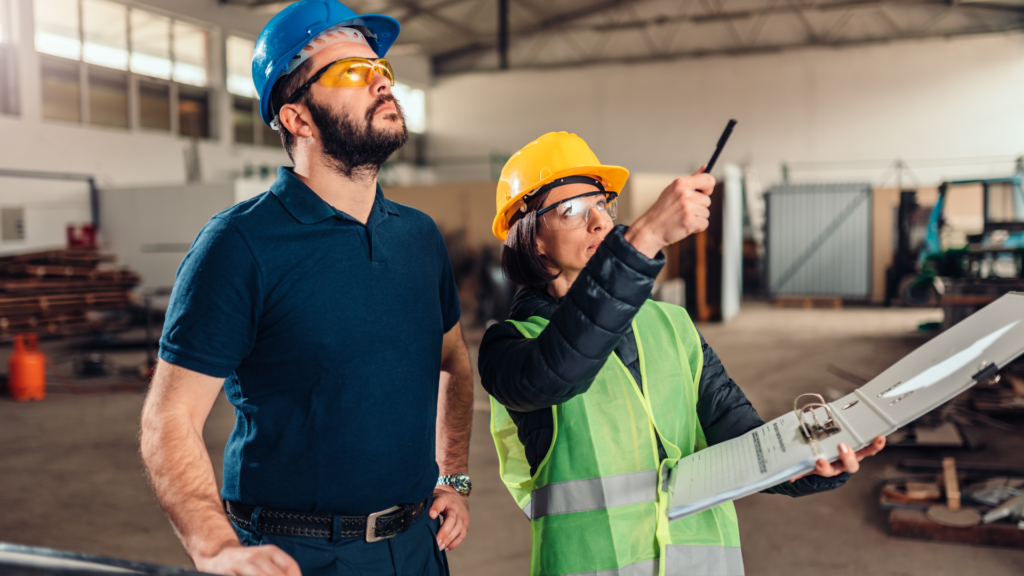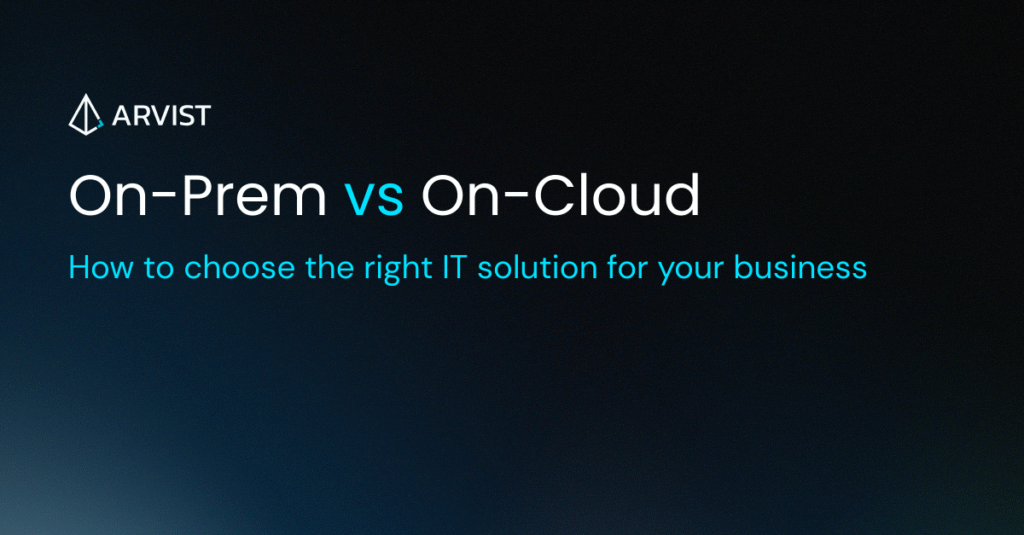Workplace safety is no longer just about compliance—it’s a business imperative. A safer environment means fewer accidents, lower costs, and higher efficiency.
For industries like warehousing, 3PL, distribution centers (DCs), and airport cargo facilities, safety isn’t just a legal box to check—it’s essential for uninterrupted operations and preventing costly disruptions.
Yet, traditional safety measures often fall short. Manual inspections and post-incident reporting create delays, leaving workers exposed to risks. Consider these alarming statistics:
- 4.5 nonfatal injuries per 100 workers in the transportation and warehousing sector (2023).
- $171 billion lost annually due to workplace incidents.
- Forklift accidents and human errors remain leading causes of injuries.
What if safety could be proactive instead of reactive?
AI-powered hazard detection and vision AI are changing the game. These technologies enable real-time monitoring, predictive analytics, and automated compliance enforcement—helping companies stay ahead of risks. Businesses leveraging AI for safety have seen:r
- 20% fewer workplace injuries, saving $120,000 in compensation costs.
- $90,000 in annual productivity gains through reduced downtime.
- $50,000 saved annually in avoided safety violation fines.
This article explores how AI is transforming workplace safety, key applications, and the measurable benefits businesses can achieve by integrating AI-powered hazard detection.
What Powers AI Hazard Detection & Vision AI?
AI hazard detection and vision AI leverage advanced computer vision and machine learning to continuously monitor and analyze workplace environments. Unlike traditional CCTV surveillance, which requires manual monitoring, vision AI actively analyzes footage to detect risks instantly.
Key Components:
- Computer Vision: Captures high-resolution visuals of workspaces to detect hazards such as spills, obstructions, or malfunctioning equipment at a granular level.
- Machine Learning: Continuously refines detection algorithms by learning from historical and real-time data, improving accuracy and adaptability over time.
- Real-Time Monitoring & Integration: Seamlessly connects with existing management systems (EHS, ERP, or WMS) to provide instant alerts and actionable insights for proactive safety management.
This intelligent combination transforms workplace safety from a reactive process into a proactive strategy, ensuring swift risk mitigation and compliance enforcement.
Now, let’s explore how AI hazard detection and vision AI are applied to enhance workplace safety.
Key Applications of AI in Workplace Safety
AI-powered safety solutions are particularly beneficial in high-risk environments such as warehouses, 3PL hubs, DCs, and airport cargo facilities, where human error, heavy machinery, and high traffic volumes create an environment prone to accidents.
1. Real-Time Hazard Monitoring & Automated Risk Detection
AI systems continuously scan for potential hazards at the workplace such as:
- PPE compliance
- Fallen person detection
- Near missed between forklifts and workers
- Lone worker detection
- Unsafe worker behavior such as running in hazardous zones
Instead of waiting for a human observer to notice these risks, vision AI instantly flags them and triggers alerts. This real-time response reduces workplace incidents and improves overall safety compliance.
Example: In a high-traffic warehouse, AI detects an oil spill near a forklift loading bay and automatically notifies the operations team, ensuring swift cleanup before an accident occurs.
2. PPE Compliance Detection & Automated Alerts
Ensuring workers consistently wear personal protective equipment (PPE) is a major challenge in warehouse and logistics environments. AI-powered cameras analyze video feeds in real time to identify whether workers are:
- Wearing helmets, safety vests, gloves, or masks as required
- Entering restricted zones without proper gear
- Violating safety protocols despite prior warnings
AI-powered PPE detection ensures compliance by instantly notifying supervisors when violations occur. Over time, data from repeated infractions can be analyzed to identify areas where safety training needs reinforcement.
Example: At a large distribution center, AI detects a worker entering a hazardous material handling area without gloves. An automated alert is sent to their supervisor, preventing potential exposure injuries.
3. Pedestrian-Forklift Collision Prevention
Warehouses and airport cargo hubs often have a mix of pedestrian workers and forklifts operating in shared spaces, increasing collision risks. AI-powered object detection and predictive analytics help prevent accidents by:
- Recognizing when a pedestrian enters a high-risk zone
- Automatically triggering warning signals for forklift drivers
- Slowing down forklifts near busy pedestrian areas
Example: A 3PL fulfillment center deploys AI to monitor intersections where forklifts and workers frequently cross paths. The system detects a pedestrian stepping into a forklift’s path and triggers an alarm, helping prevent a serious accident.
4. Heat Mapping for Risk Assessment & Workflow Optimization
AI-powered analytics generate heat maps that visualize areas with the highest risk of accidents. By tracking worker movements, near misses, and equipment activity, businesses can:
- Identify congestion-prone areas where workflow adjustments are needed
- Redesign layouts to reduce bottlenecks and improve efficiency
- Optimize warehouse zones based on high-risk activity patterns
Example: AI analytics at an airport cargo terminal reveal that a specific loading dock has frequent near misses due to tight turn radius constraints. Adjusting traffic flow and adding automated pedestrian barriers helps reduce incidents.
5. Automated Incident Reporting & Compliance Audits
Regulatory compliance requires detailed incident reporting, which can be time-consuming when done manually. AI simplifies this by:
- Automatically recording safety violations
- Generating audit-ready reports for regulatory bodies
- Analyzing trends in workplace incidents to enhance future safety measures
Example: A logistics hub using AI-powered compliance tracking identifies repeat violations in a specific department, prompting targeted retraining sessions to address safety lapses before they escalate.
Beyond these applications, the integration of AI-powered safety solutions brings several compelling benefits to workplace operations.
Benefits of AI-Powered Workplace Safety Solutions
Investing in AI-driven safety systems isn’t just about risk reduction—it’s about fundamentally reshaping how businesses approach workplace safety, compliance, and operational efficiency.
Investing in AI-driven safety systems isn’t just about risk reduction—it’s about fundamentally reshaping workplace safety, compliance, and operational efficiency.
1. Fewer Workplace Accidents & Near Misses
AI reduces human error by continuously scanning for potential hazards, ensuring immediate action is taken. This leads to:
- Fewer injuries and lower workers’ compensation claims
- Reduced downtime due to accident investigations
- Faster emergency response times for critical safety incidents
2. Improved Productivity Without Compromising Safety
Traditional safety monitoring is labor-intensive and slows down operations. AI eliminates this trade-off by:
- Automating safety oversight
- Reducing workflow disruptions caused by reactive safety interventions
- Allowing workers to focus on core tasks without compromising on safety
3. Proactive, Data-Driven Compliance Management
AI ensures compliance is consistent and data-backed, rather than reactive. Benefits include:
- Instant violation detection instead of manual reporting delays
- Regulatory-ready documentation for seamless audits
- Historical data analysis to improve future safety protocols
4. Long-Term Cost Savings Beyond Insurance
AI-powered safety solutions lower insurance premiums, but the financial benefits extend beyond that:
- Fewer workplace injuries mean reduced absenteeism
- Lower equipment damage costs due to fewer operational mishaps
- Predictive maintenance prevents unexpected machinery failures
5. Strengthened Workplace Safety Culture
A workplace that actively prevents hazards builds employee trust and accountability. AI-driven safety:
- Encourages workers to follow protocols consistently
- Reinforces a sense of security and confidence in operations
- Enhances employee engagement and morale
For businesses operating in high-risk environments, AI-powered safety isn’t just an upgrade—it’s a strategic transformation that enhances safety, resilience, and long-term financial performance.
Signing Off
The impact of AI hazard detection and vision AI on workplace safety is undeniable. From real-time monitoring to proactive risk mitigation, AI-driven safety solutions enhance efficiency, reduce risks, and ensure compliance—making them an essential investment for warehouses, 3PLs, DCs, and airport cargo facilities.
By adopting AI-powered safety systems, businesses can transform their safety culture, minimize operational disruptions, and protect their workforce with cutting-edge technology.
For those ready to take the leap, or need 60-day trial access to Arvist’s platform, we’re here to clear your doubts, please don’t hesitate to contact us.
###
Frequently Asked Questions
How does AI hazard detection work?
AI hazard detection leverages computer vision and machine learning to monitor workplace environments in real time, identifying visible hazards and unsafe conditions. By continuously analyzing images and video feeds, it provides immediate alerts and actionable insights, ensuring that safety risks are addressed promptly.
What industries benefit most from AI-powered safety solutions?
Industries such as manufacturing, warehousing, construction, and logistics benefit significantly from AI-powered safety solutions. Any environment where hazards are present and timely detection is critical can see improved safety and operational efficiency through these technologies.
Can AI replace human safety inspectors?
AI is designed to augment—not replace—human safety inspectors. It handles repetitive, time-consuming monitoring tasks, allowing human experts to focus on complex decision-making and strategic safety improvements, thereby enhancing overall safety performance.
Is AI for workplace safety cost-effective for small businesses?
Yes. Cloud-based AI solutions and scalable implementations make it accessible to small and mid-sized businesses. These systems offer significant improvements in safety and efficiency without requiring extensive upfront investments.
What are the challenges of implementing AI in workplace safety?
Key challenges include the initial cost of deployment, integration with existing systems, and training staff to effectively use the new technology. However, the long-term benefits—such as reduced incidents, improved compliance, and lower operating costs—often result in a strong return on investment.





